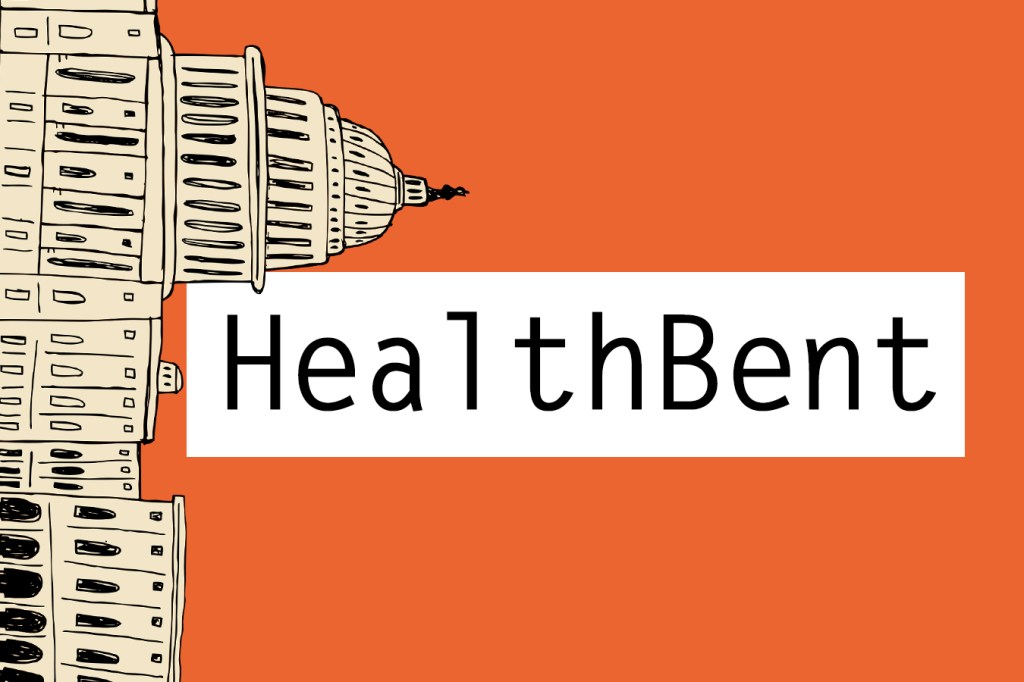Congress on Friday gave final approval to a massive funding bill that would steer an unprecedented amount of cash to the nation’s hospitals that are or soon will be struggling to cope with the COVID-19 pandemic.
While the bottom-line number for that aid is close to $200 billion, it remains to be seen how fast the federal Treasury will move the money and whether it will get to where it is most needed.
“It provides what we asked for,” said Chip Kahn, president and CEO of the Federation of American Hospitals, which represents for-profit facilities. “Are all the resources here the right ones? We’ll find out.”
The House vote Friday came after the Senate passed the bill Wednesday night. President Donald Trump has said he will sign it quickly.
About $100 billion of the funding is intended to, as the bill puts it, “reimburse … eligible health care providers for health care related expenses or lost revenues that are attributable to coronavirus.”
Hospitals are experiencing something unique in this pandemic. Not only are they being forced in many cases to turn away their usual sources of revenue, like joint replacements and other elective procedures, but they are also experiencing a surge in very sick COVID-19 patients likely to consume large amounts of hospital resources for a long time.
That $100 billion will be administered by the U.S. Department of Health and Human Services’ assistant secretary for preparedness and response. The position was created by a 2006 law passed in the wake of Hurricane Katrina intended to centralize authority over public health emergencies. Among other things, the office oversees the Strategic National Stockpile, which stores drugs and other medical equipment to be used in emergencies.
But already people spot potential trouble spots in this bill. That so-called preparedness office “does not have the capacity to run such a massive provider payment program,” wrote Kim Monk, a health policy consultant with Capital Alpha Partners, in a note to clients and reporters. “It will be a major challenge to distribute the funds in an equitable manner and also fast enough to help hospitals and other providers financially devastated by the pandemic, primarily due to the deferral of lucrative elective procedures.”
Christopher Holt of the conservative American Action Forum wrote in his summary of the bill: “Unfortunately, there isn’t much detail in the legislative text regarding this $100 billion or how it will be disbursed.”
That ambiguity hasn’t stopped hospitals from already jockeying to make sure they get their share.
“The money needs to not run out before you get to the big places,” said Dr. Atul Grover of the Association of American Medical Colleges, which represents teaching hospitals. While the federal funds might be the difference between staying open and having to close for some smaller, rural facilities, he said, the large, urban hospitals have a “larger magnitude of losses and concentration of patients.”
But while urban hospitals are caring for the bulk of patients, the need for financial help in rural areas is even more dire, said Maggie Elehwany of the National Rural Health Association. “A lot of these facilities were already vulnerable,” she said, adding that half of all rural hospitals “are already operating at a loss.”
Elehwany said that while rural hospitals are grateful for the help coming their way, the organization is unhappy that a specific amount was not set aside for rural health care. “They just don’t have the cash on hand to deal with this,” she said, particularly after having to close down outpatient and elective services.
The legislation is surprisingly vague on exactly how the money will be distributed, although most of those who have been working to shape it assume that HHS Secretary Alex Azar will likely have a major role to play. Typically a pot of money that large would come with strict formula requirements.
The bill includes several other provisions aimed at helping hospitals.
For example, under the legislation, hospitals would be given an immediate 20% bonus for costs associated with treating patients with COVID-19, the illness caused by the coronavirus. The federal government is also canceling a 2% across-the-board cut in Medicare reimbursements that was set up in an earlier budget bill and putting off some payment reductions planned for hospitals that treat large numbers of low-income and uninsured patients.
It also includes money to help hospitals buy protective gear for doctors, nurses and other personnel working with coronavirus patients.
And most hospitals would be able to collect a no-interest-for-a-year loan equal to a previous six months of Medicare funding they received. Hospitals in rural and other underserved areas would be eligible for 125% of that amount in advance.
But even that could be problematic, according to the National Rural Health Association’s Elehwany. “How are hospitals that are already operating at a loss going to be able to pay that back?” she said. Some of the facilities she’s been in contact with “only have cash on hand for the next couple of days” and are having difficulty obtaining needed supplies and keeping staff.
Kahn of the for-profit hospital group, who has been involved in nearly every major piece of health legislation for the past three decades, noted that “this is an unprecedented program by anybody’s definition. There’s never been a fund this large that was designed to be handed out in grants, particularly a fund with the expectation of all involved that it will be distributed very rapidly. But the crisis is upon us.”
HealthBent, a regular feature of Kaiser Health News, offers insight and analysis of policies and politics from KHN’s chief Washington correspondent, Julie Rovner, who has covered health care for more than 30 years.
This story was produced by Kaiser Health News, an editorially independent program of the Kaiser Family Foundation.
Update: This story was updated on March 27 at 11:45 a.m PT to reflect the House passage of the bill.


